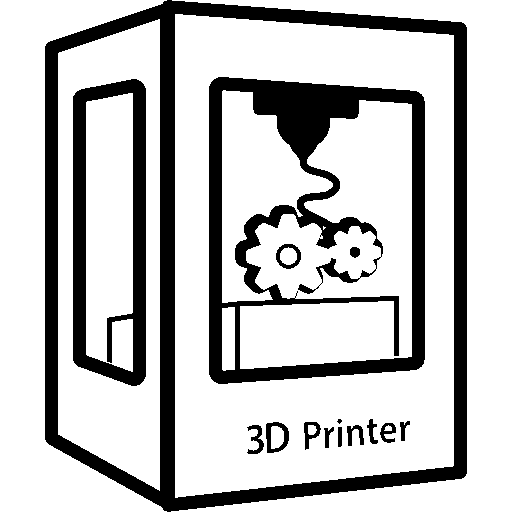The latter half of this about aviation fuel went off the rails. Much of it is exaggerated or straight up inaccurate.
First off, lead is used in fuel to protect non-hardened valves used in old engines. It is not just an octane booster, and it’s not some giant conspiracy that’s keeping it in use. Modern engines don’t need it, but people aren’t running it just to be dicks. It’s part of the engine design in really old stuff, which is a ton of old aircraft that haven’t been rebuilt and updated to use unleaded fuel. Converting and certifying these old engines for UL is prohibitively expensive for many hobbyist pilots, but on the whole, leaded avgas has been being phased out for years, and it’s becoming less common every day.
Furthermore, airlines do not use leaded fuel because jet fuel does not contain lead. 100LL (100 octane low lead) avgas is used in small, older piston-engine aircraft, but that accounts for an incredibly tiny fraction of aviation fuel consumption, and there are unleaded avgas formulations available for modern piston engines that can use it. While leaded avgas does contribute to lead pollution, its effect is heavily concentrated around small airports with older private aircraft. Avgas is not a significant contributor to lead exposure for the average person.


Jet fuel used in commercial planes does not contain lead. Unless you live around a heavily used general aviation airport, your exposure to lead from airplanes is minuscule.